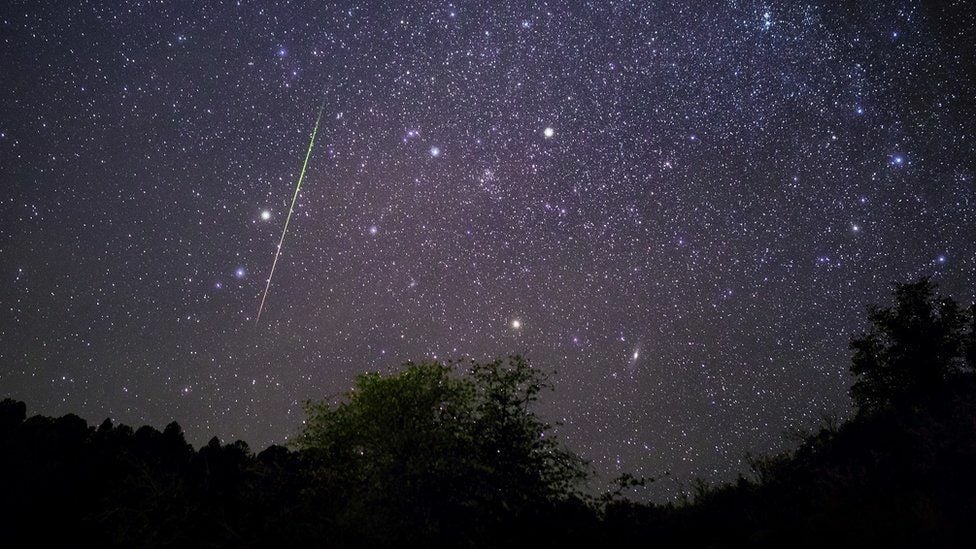Starry spectacle alert: Catch the Leonids meteor shower’s dazzling dance on November 17

The National Institute of Astronomical Research (NARIT) announced that the Leonids meteor shower will be visible from the night of November 17 to the early morning of November 18, with a peak rate of up to 15 meteors per hour.
Suparerk Karuehanont, the director of the Academic Services and Astronomical Communications Centre, revealed that the Leonids meteor shower, also known as the Lion’s star shower, occurs annually between November 6 to 30. This year, it is expected to peak after midnight on November 17 until the early morning of November 18.
The meteors will originate from the constellation Leo, towards the east. The absence of moonlight will make it easier to observe the meteor shower with the naked eye in a dark location. Observers should be able to see bright streaks of light, similar to shooting stars, traversing the sky. It isn’t necessary to view through a telescope as the meteor shower occurs across the entire sky.
The Leonids meteor shower is caused by the debris trail of Comet 55P/Tempel-Tuttle, which orbits the sun every 33 years. As Earth moves through the comet’s orbit, the planet’s gravitational force attracts the remaining debris into the atmosphere, resulting in friction and combustion.
This produces bright streaks of light, similar to shooting stars, moving across the sky. The direction of the Leonids meteor shower is opposite to Earth’s orbit around the sun, resulting in high-speed meteoroids, reaching speeds up to 71 kilometres per second. One of the unique features of the Leonids is its high brightness, earning it the nickname King of Meteor Showers.
For the best viewing experience, observers are advised to find a dark location, free from light pollution and away from the city. It is recommended to allow 30 minutes for your eyes to adjust to the darkness and to lie down for a broader view of the sky.
Picture this
For those interested in photographing the meteor shower, a wide-angle lens is recommended to capture as much of the sky as possible, as meteors can appear in any direction, reported Sanook.
Apart from the Leonids meteor shower in November, the Geminids meteor shower, also known as the Twin meteor shower, will be visible between the night of December 14 and the early morning of December 15.
The Geminids have a peak rate of 120 to 150 meteors per hour and originate from the constellation Gemini. The absence of moonlight throughout the night will make viewing conditions optimal. The NARIT is planning observation events for these dates, with more details to be announced on its official Facebook page.
Latest Thailand News
Follow The Thaiger on Google News:


























